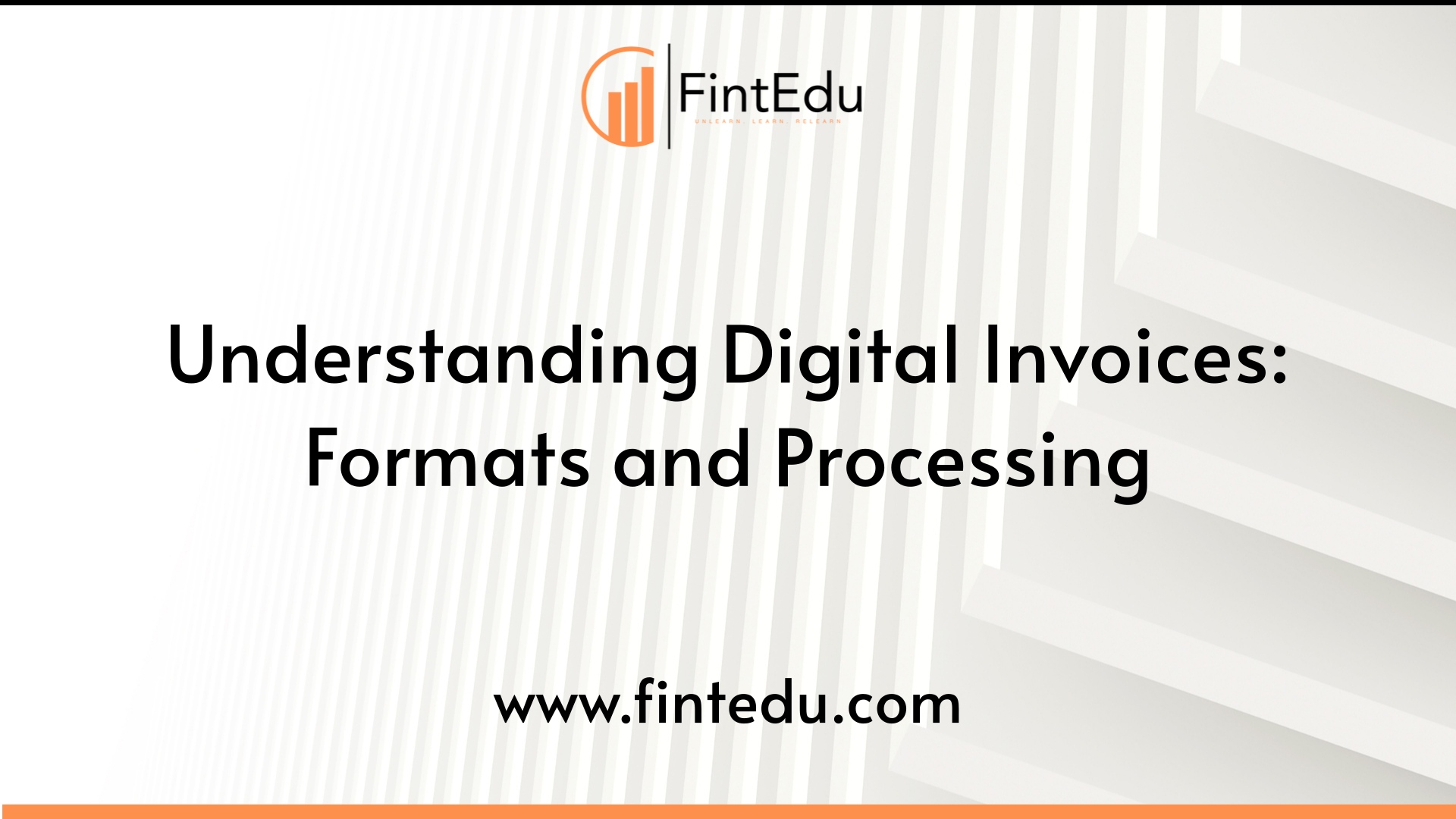LISTEN TO THIS ARTICLE
The term "digital invoice" encompasses a broader category than just "electronic invoices," as defined by the European Union's Directive 2014/55/EU. Let's understand different types of digital invoices and their key characteristics.
Digital vs. Electronic Invoices
A digital invoice simply refers to an invoice existing in a digital format, as opposed to a physical paper document. This could be a PDF, image file, or even a spreadsheet. While convenient, these formats primarily cater to human readability.
An electronic invoice (e-invoice), on the other hand, prioritizes computer processing. It uses a structured data format, like XML, allowing for automatic data extraction and integration with accounting systems. The European standard for e-invoicing mandates such a format for efficient processing and minimal human intervention.
Visual vs. Data Formats
Digital invoices can be further categorized based on their primary focus:
- Visual Formats: These prioritize human readability, often resembling traditional paper invoices. Examples include PDFs, JPGs, PNGs, and TIFs commonly used in emails and scanning solutions.
- Data Formats: Here, the emphasis shifts to computer processing of the invoice data. While some may also offer visualization (like HTML), the key is the ability for computers to extract and understand the information. This category can be further divided into:
Understanding the type of digital invoice you're dealing with is crucial. While visual formats offer human-friendly presentation, structured data formats enable efficient processing and automation. When aiming for seamless e-invoicing, standardized data formats are the preferred choice.
Disclaimer: Content posted is for informational and knowledge sharing purposes only, and is not intended to be a substitute for professional advice related to tax, finance or accounting. The view/interpretation of the publisher is based on the available Law, guidelines and information. Each reader should take due professional care before you act after reading the contents of that article/post. No warranty whatsoever is made that any of the articles are accurate and is not intended to provide, and should not be relied on for tax or accounting advice.
Contributor
Related Posts

UAE, 06 October, 2025: The UAE’s Federal Tax Authority (FTA) has signed a Memorandum of Under...
Read More
KSA, 29 September, 2025: The Zakat, Tax and Customs Authority (ZATCA) has urged establishments...
Read More
UAE, 19 September, 2025: The rollout of Corporate Tax (CT) in the UAE has introduced fresh compli...
Read More